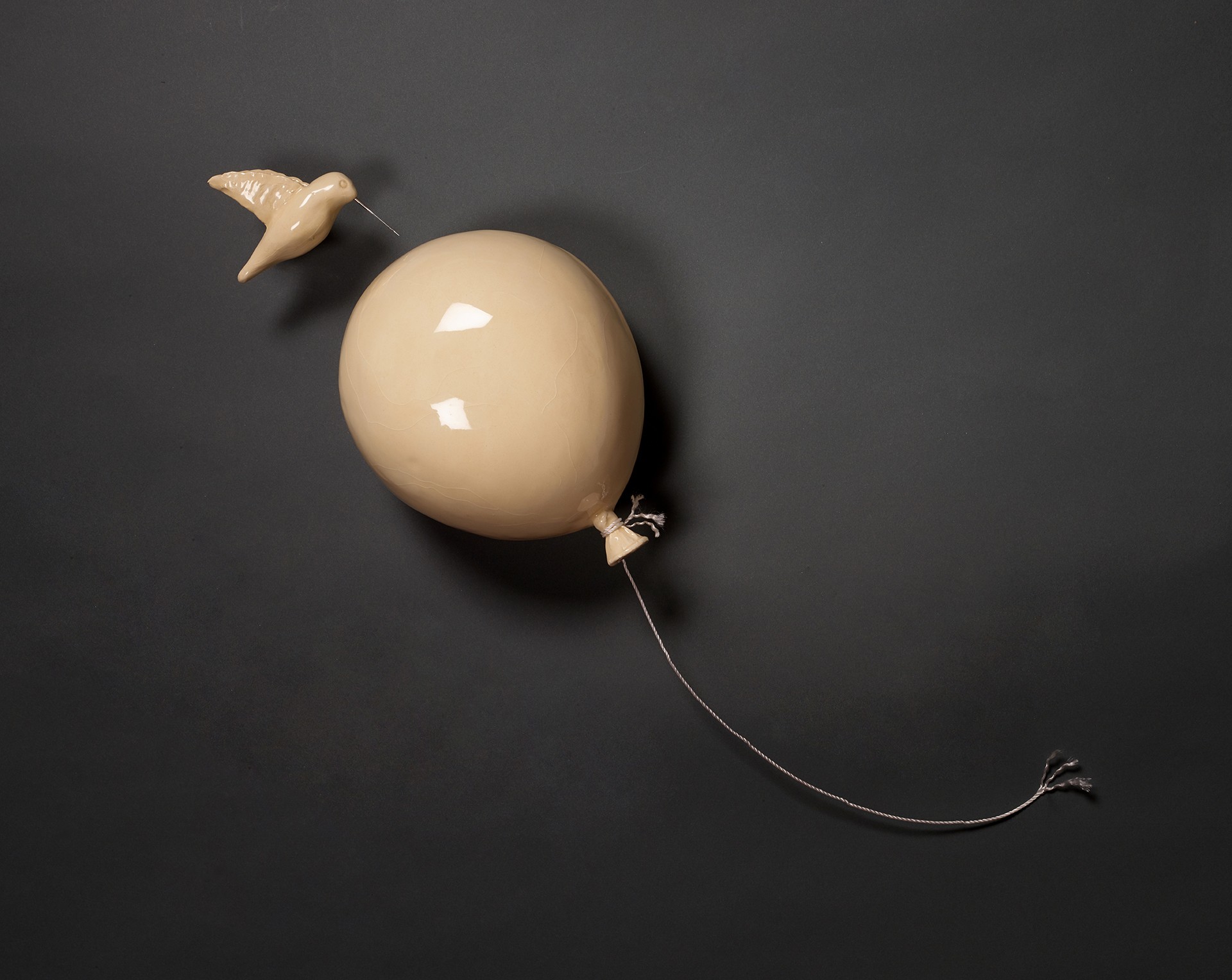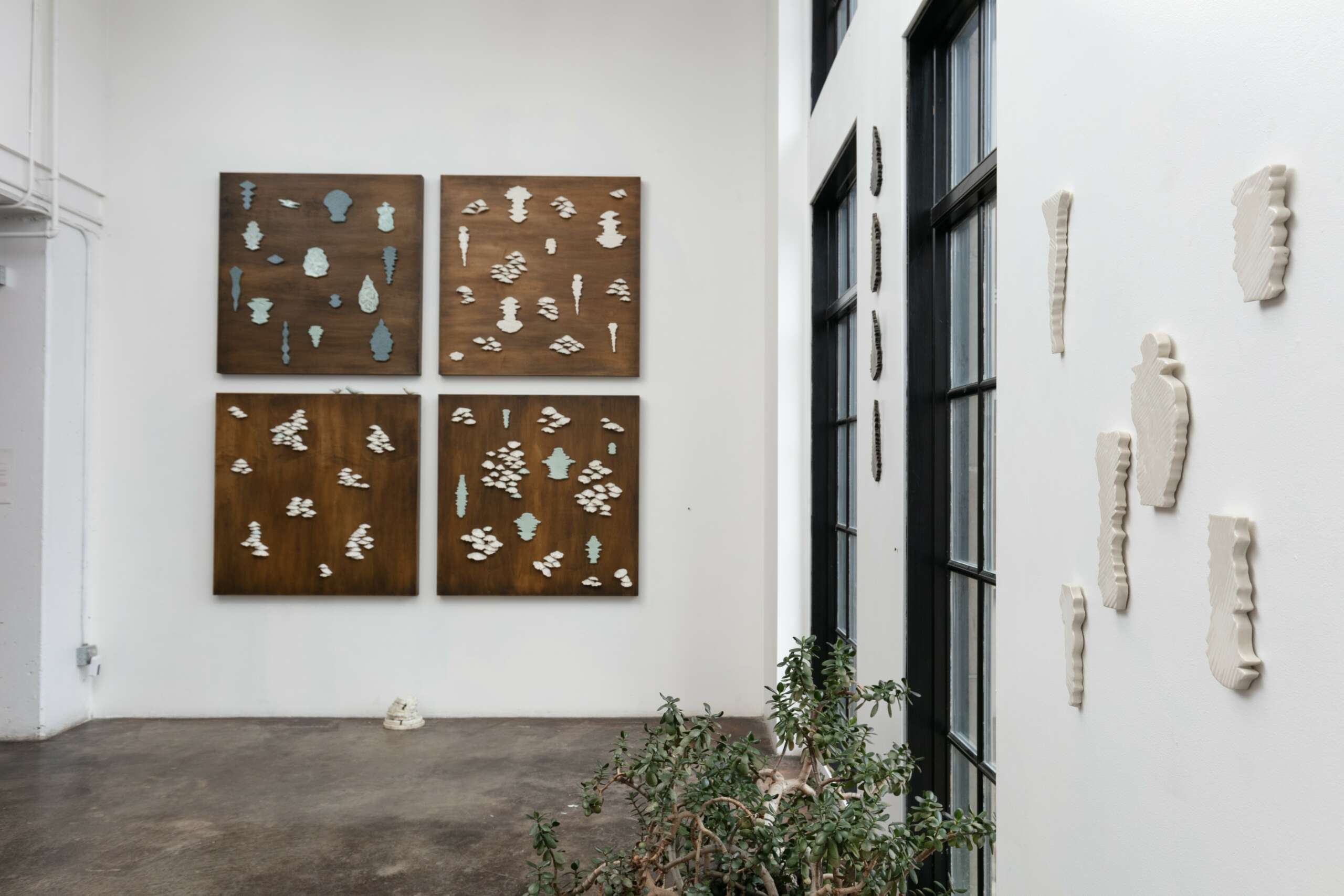We’re excited to introduce you to the always interesting and insightful Meagen Svendsen. We hope you’ll enjoy our conversation with Meagen below.
Meagen, looking forward to hearing all of your stories today. How did you learn to do what you do? Knowing what you know now, what could you have done to speed up your learning process? What skills do you think were most essential? What obstacles stood in the way of learning more?
I was first introduced to ceramics while living and teaching just outside of Tokyo, Japan. My teacher was in the process of opening her own teaching studio, and I had the privilege of working privately with her in the weeks before her space was completed. Neither one of us spoke the other’s language, so I learned clay through gesture and imitation in a distinctly Japanese way. Where an American teacher might have intervened to ensure my success, my teacher allowed me to make my own mistakes without correcting me. Although it felt discouraging at the time, I found the things I learned occupied a different space in my heart and mind. My approach to art reflects this still today. I embrace mistakes and imperfection as part of the beauty of creativity. In the two years that followed, my teacher and classmates became my community. We created, ate and drank together nearly every weekend. I absorbed the culture of Japan in the same way I learned to work with clay. My life was gently infused with the sublime beauty of tradition, subtle rituals and a deep appreciation for nature.
It wasn’t until my graduate research on the aesthetic philosophy of Japan that I was able to fully appreciate the uniquely rich introduction I had received. Three decades later, I still draw on what I learned in my sculpture and installations.


Meagen, love having you share your insights with us. Before we ask you more questions, maybe you can take a moment to introduce yourself to our readers who might have missed our earlier conversations?
I am a ceramic sculptor and installation artist. My work is inspired by the connection between humans and the natural world and is informed by my interest in the science of perception. I love to be immersed in new experiences in order to expand my understanding of the world. This has taken me on all sorts of journeys, including living abroad in France, Japan, Russia and Mexico. At home, I hike the foothills of the Rocky Mountains of Colorado in search of awe, wonder and inspiration.
I find meaning in birdsong, the sudden appearance of a herd of deer, the colors and shapes in cloud formations, brilliant splashes of algae on rocks, the gentle creaking sound of trees swaying in the wind, or an elk bugling in the distance. Each event I observe in nature tells me something about my own humanity. And by some strange process that I don’t fully understand, this translates into art.


Learning and unlearning are both critical parts of growth – can you share a story of a time when you had to unlearn a lesson?
The lesson I have had to learn over and over again throughout my career is that the value of art is not just in the art itself, but in the work of making it. In the past several years, like so many people on this planet, I have experienced tremendous loss and grief. For me, the loss was so great that for a while, making art felt meaningless. So, I tried to live without it. But what I eventually remembered was that when I am not creative, my own life starts to lose its meaning. So, I forced myself back into it. One clay bird at a time.
In the beginning I had only that one goal, to sculpt one bird a day. I created no rules around the project. Each day was a new day and in every new day, I had one decision to make. Would I make a bird or not? It was such a tiny commitment, but at the time it felt tremendous. I did it anyway. And before I knew it, my kitchen windowsill was filled with raw clay birds.
I have made thousands of birds in my past three decades as an artist, I have sold them and given them away as gifts. These birds were different These birds contained my sorrow and my grief. These were birds I needed to release. So I decided to take them on my hikes and place them out in nature. knowing that the clay would slowly disintegrate and go back to the earth from which it came.
Unwittingly, my hikes took on new meaning. While seeking out the perfect spot to leave the bird, my experience began to expand. I became more aware of the smaller details of my surroundings, looking for the perfect spot for the bird of the day. Under the root of a tree where algae had grown, on the scar of a broken branch, or a stump with a beautiful view of the sunrise. And once I settled on a spot, off the path but not too far out of sight, I documented the piece and posted it on instagram. I named the project #Impermanence Study. In doing so, I began to feel a larger connection to others who might also need to feel inspired.
Impermanence Study went on for about a year, until I reached a point where I no longer needed it. Giving my work to nature somehow brought my work back to me, as well. Each step gave me exactly what I needed. Presence. Ritual. Anticipation. An intentional search for natural beauty. A connection to others. Inspiration. And it reminded me that the gift of art is in finding meaning and connection.


What’s the most rewarding aspect of being a creative in your experience?
When I am feeling inspired, I am full of wonder, awe and hope. Whether I am learning about the neural networks of mushrooms, the sensory superpowers in animals or the endless shapes and colors in clouds, I am awed by the vastness of being in this world. Sharing that sense of awe and wonder with others and seeing it light up in them as well, is the most rewarding thing for me. When we feel inspired, we feel connected. And when we feel connected, we feel love.


Contact Info:
- Website: www.meagensvendsen.com
- Instagram: @meagensvendsen
Image Credits
Lisa Rundall and The Unfound Door


